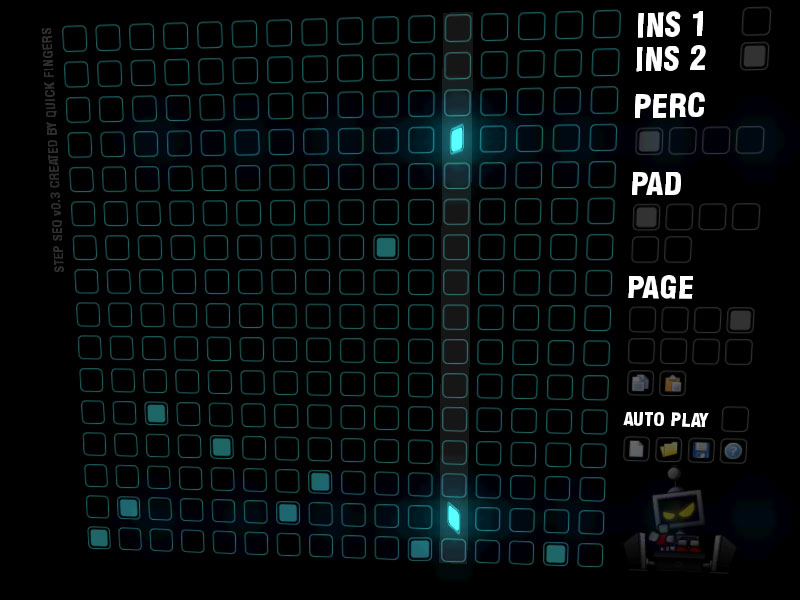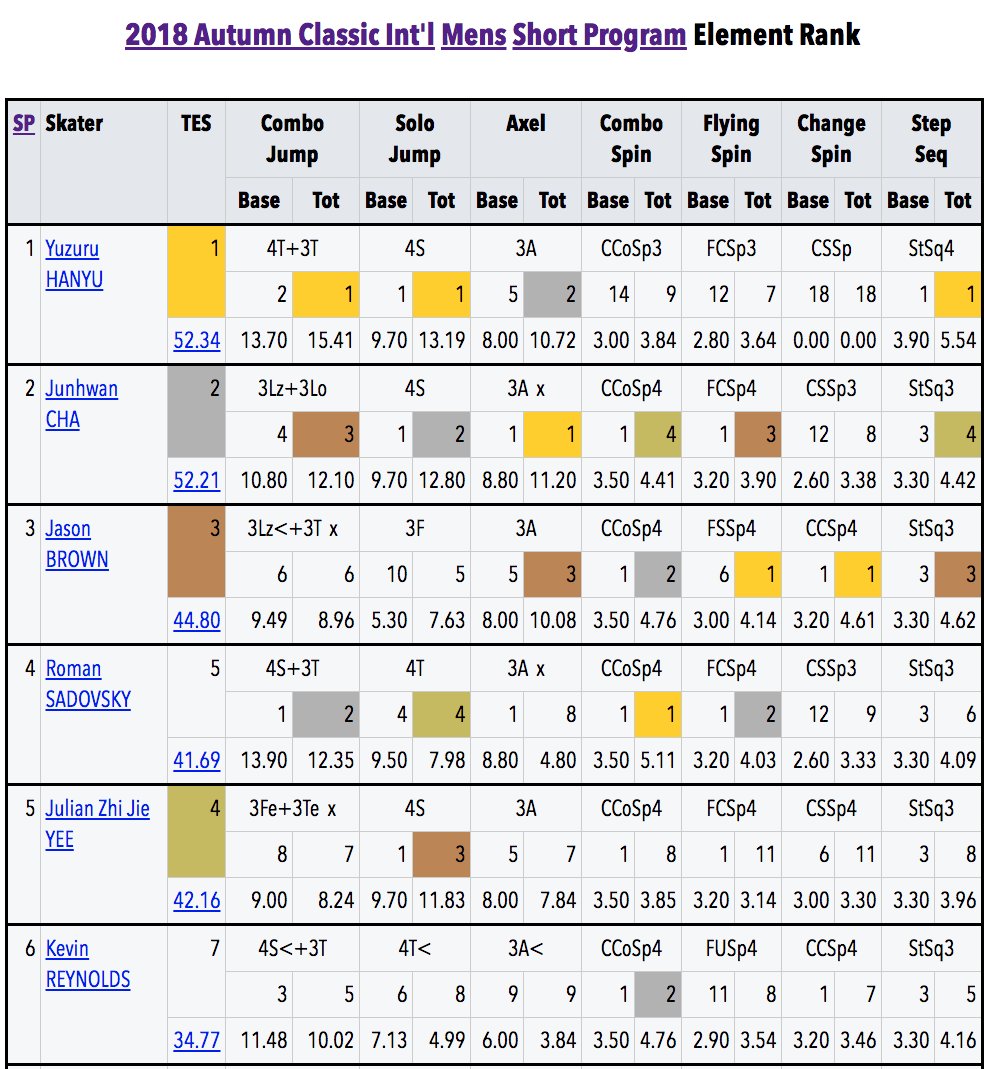

Ordering numbers starts simply, for example with 1,2,3,4… However, this is just the start, and there are numerous ways of putting numbers into a sequence. Alternatively, it could be ‘descending’, which is when the numbers get smaller. This could be ‘ascending’, which means the numbers are getting larger. Ordering numbers is putting them into a sequence. It is also something all of use in our daily lives regularly. It is a foundation block of learning, on which many other skills are then built.
#GAMES LIKE STEP SEQ. SERIES#
A sequence is a series of 5 chips in the same color going up, down, across, or diagonally on the board.Having taught maths for ten years to children from the age of 3-5, I have found that one of the most crucial early skills is ordering numbers. Play continues clockwise around the table until one player or team scores 2 sequences for a 2-player/2-team game or 1 sequence for a 3-player/3-team game. Players finish their turn by drawing a new card from the deck. A dead card is a card that no longer has any available matching spaces on the board. Players also have the option of playing a “dead card” in their hand and drawing a new card from the deck instead of playing a marker on the board.

If they play a one-eyed Jack, they can remove an opponent’s marker from any space, unless the marker is already part of a finished sequence.

If a player plays a two-eyed jack, they can place a marker on any space on the board. Two-eyed Jacks are wild and one-eyed Jacks are anti-wild. Each card has two matching spaces on the board (except for Jacks), and players can place their marker on either one as long as it’s not already taken. Then, they place a marker chip of their color or their team’s color on the matching card space on the board. On a player’s turn, they start by choosing a card from their hand and playing it face-up in front of them in their own personal discard pile. After the dealer deals everyone their cards, the player to their left goes first. For a 3-player/3-team game with 3 players, each player gets 6 cards, with 6 players each player gets 5 cards, with 9 players each player gets 4 cards, and with 12 players each player gets 3 cards. For a 2-player/2-team game with 2 players, each player gets 7 cards, with 4 players each player gets 6 cards, with 6 players each player gets 5 cards, with 8 players each player gets 4 cards, and with 10 or 12 players each player gets 3 cards. The number of cards each player gets depends on whether you’re playing a 2-player/2-team game or a 3-player/3-team game, as well as how many players there are. The dealer shuffles the cards and deals them out to all of the players. Whoever gets the lowest card deals first (aces are high). Start the game by having each player cut the deck of Sequence cards. There can only be up to 3 teams, and each team must have the same number of players. If there are more than 3 players, players must split up into teams. Sequence can be played with 2-12 players. Sequence is a fun board game where players try to score sequences, or series of 5 chips in the same color on the board.


 0 kommentar(er)
0 kommentar(er)
